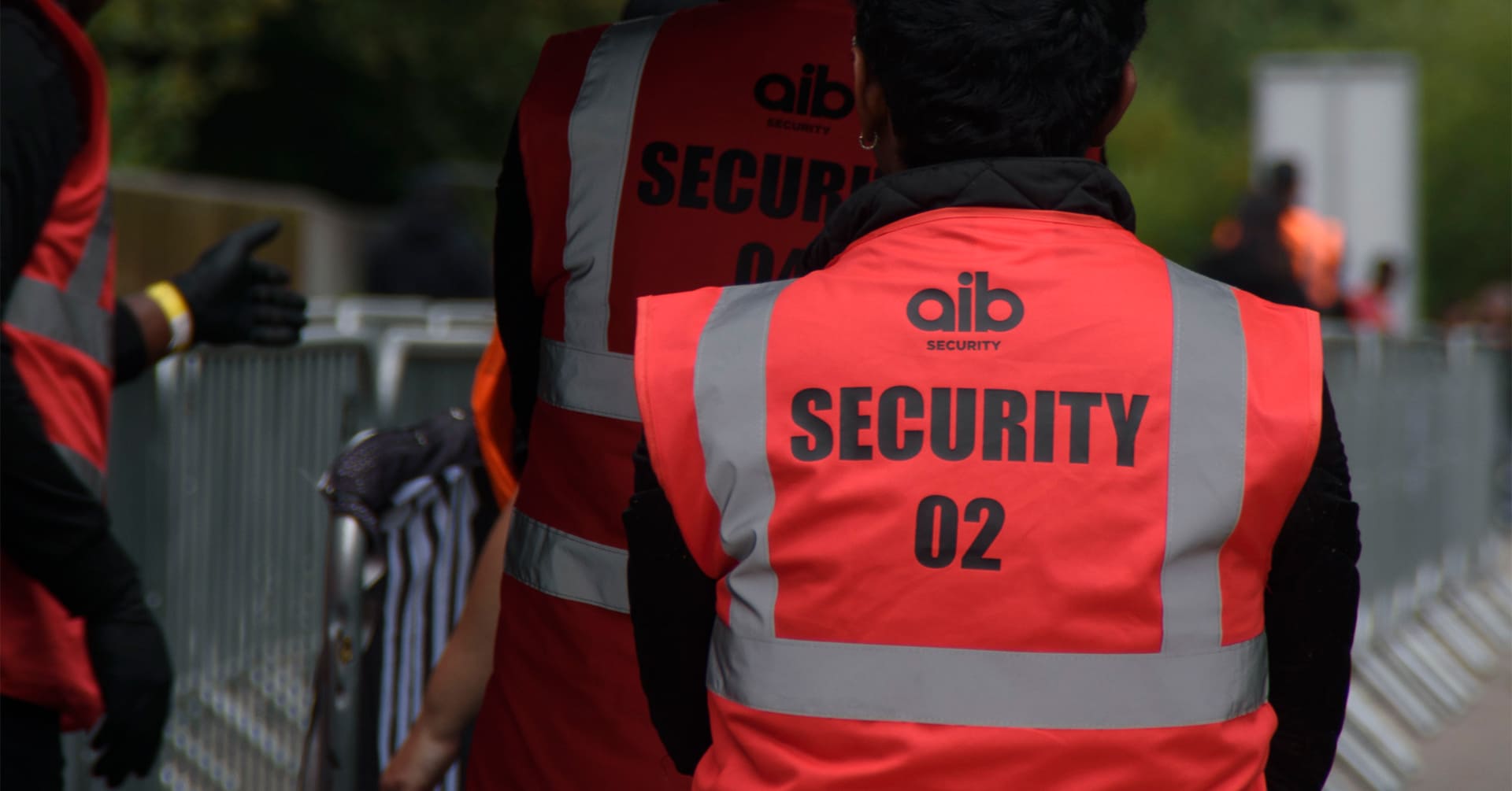Course Guidelines
Holders of the SIA Door Supervisor licence are required to refresh their skills and stay abreast of new practices through a refresher (Top Up) course every 3 years.
The two day Level 2 Award for Door Supervisors in the Private Security Industry (Top Up) is for learners who currently hold an SIA Door Supervisor licence that is approaching expiry, or has expired within the previous 3 years. Successful completion of the course will allow you to apply for a new 3 year SIA licence.
The Top Up course includes physical intervention techniques, their implications and risks as well as how to mitigate the risks, terror threats and appropriate action and equipment relevant to door supervisors.

What the Course Covers
Terror threats and the role of the security operative in the event of a threat
Use of equipment relevant to a door supervisor
Actions to take in relation to global (or critical) incidents
physical interventions and the implications of their use
The risks associated with using physical intervention
How to reduce the risks associated with physical intervention